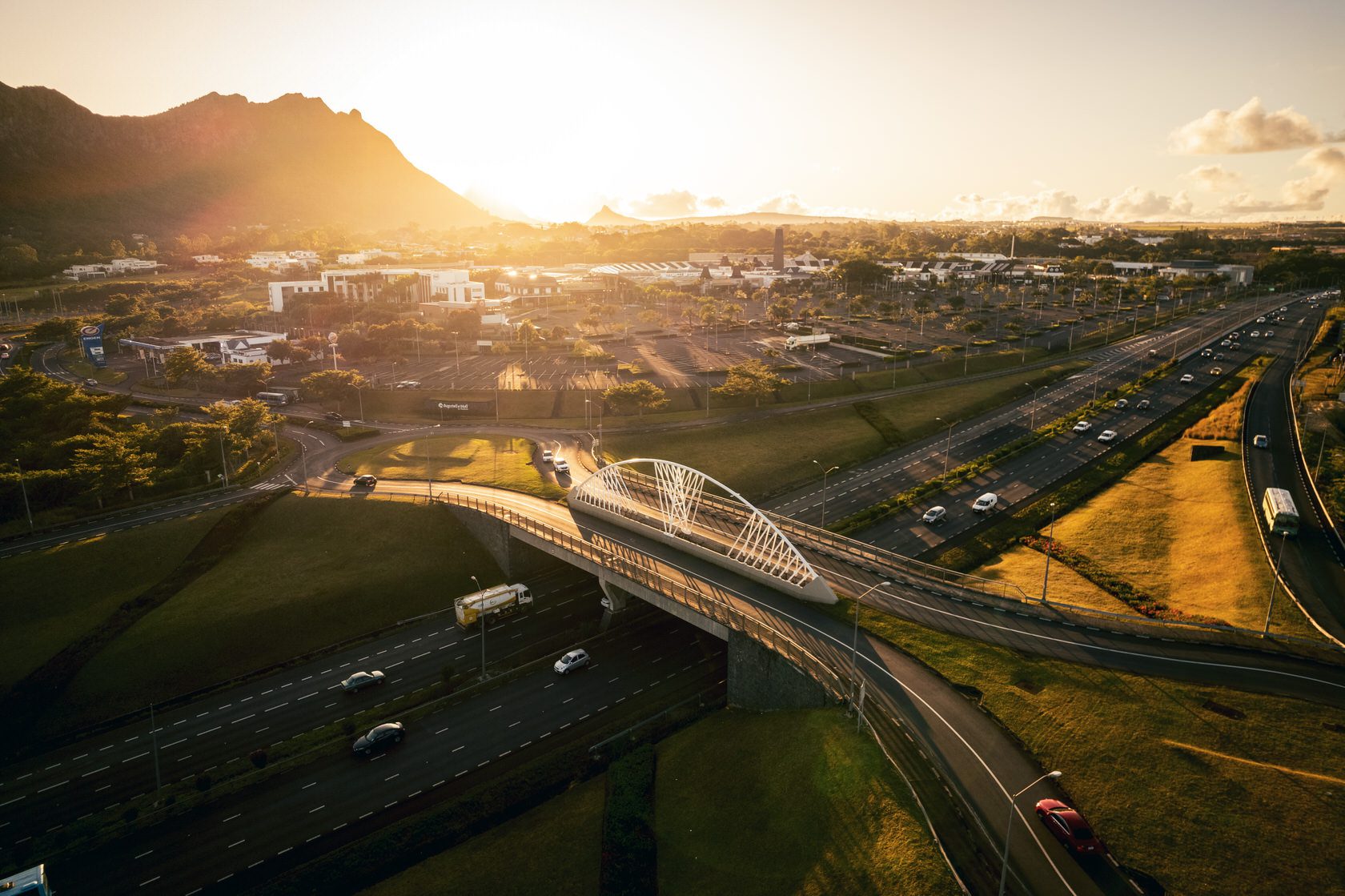The NGO, Reef Conservation, has been working for the protection of Mauritius’ marine environment
since 2004 through research, restoration projects, education and training. Since 2009, it has been involved in setting up voluntary marine conservation areas.
The project’s main objective is to encourage coastal communities to be daily stewards, guardians and managers to ensure sustainable use of the marine resources available to them. “We have raised the problems observed in the lagoons with a large number of stakeholders, including the degradation of the coral reefs, the reduction in fish stocks and the diminishing viability of living off the sea. We have tried to see what we can do together to change attitudes rather than adopting a wait-and-see
approach,” explains Kathy Young, who
is Reef Conservation’s projects manager. The project initially required lengthy educational and awareness sessions to overcome the reticence due to a lack of information on marine conservation. The setting up of voluntary marine conservation areas began in 2011 in the villages of Roches Noires and Trou d’Eau Douce,
where the inhabitants were particularly receptive. The NGO subsequently worked with the Anse la Raie community. “The boundaries of the conservation areas are drawn up in consultation with the various stakeholders including fishermen, pleasure boat operators and hotels. After that, we offered 252 hours of marine ecoguide training on the functioning of ecosystems, the human impact on them and customer service, as well as first aid in association with the Red Cross,” adds Celine Miternique, who has been co-ordinating the project since its start. The end objective of the project is the setting up of a management committee supervised by Reef Conservation to make the local community aware of its responsibilities. Scientific experiments have also been conducted since 2011
to monitor sedimentation in the lagoon and the recruitment of corals. Long-term projects include the installation of fixed mooring buoys to avoid damage caused by boat anchors and the setting up of coral nurseries and artificial reefs, as well as the creation of marine pathways.
Voluntary conservation efforts

Share on Facebook
WhatsApp
LinkedIn
Email
Twitter



















